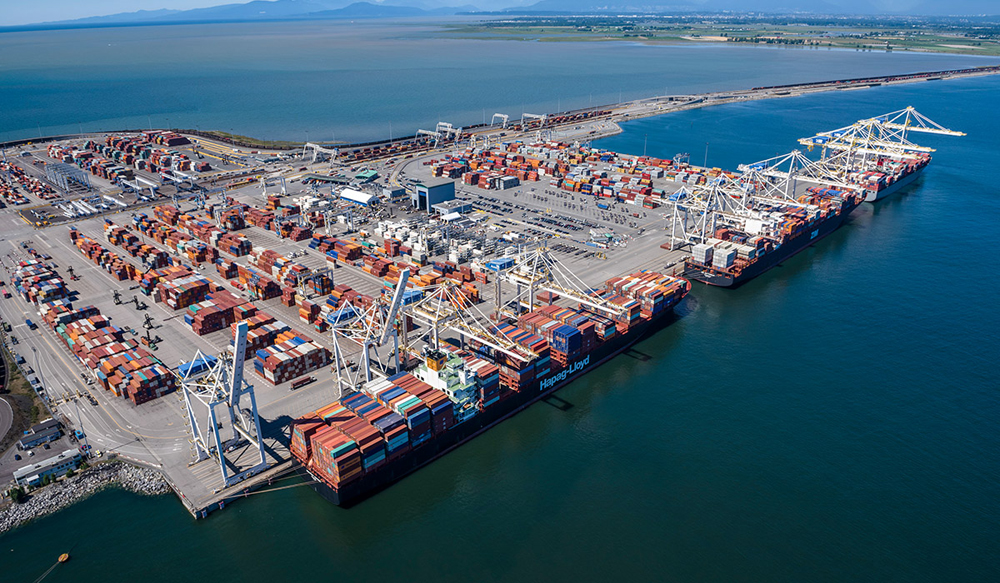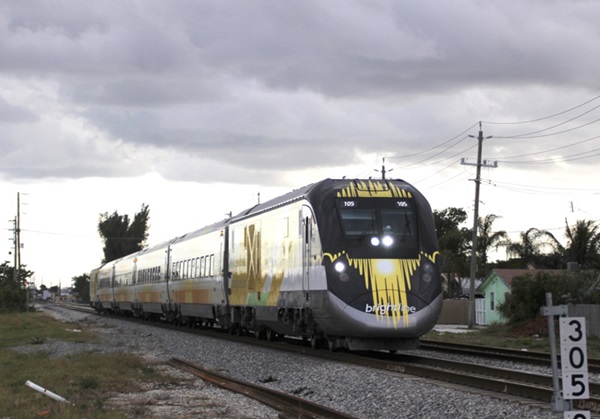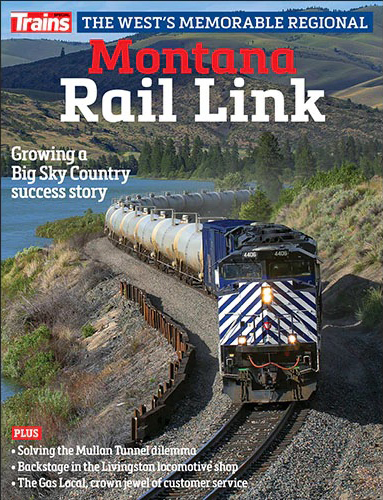
VANCOUVER, British Columbia — Container dwell times at the Port of Vancouver, Canada’s busiest intermodal hub, continue to be a significant issue since the start of the year.
Canadian Pacific Kansas City has been particularly affected, with over 89,000 feet of containers sitting at Deltaport for more than seven days, according to port data. This is an improvement from the peak of nearly 160,000 feet in mid-March, but still presents a substantial challenge. In contrast, Canadian National has managed to decrease on-dock footage across all Vancouver terminals in recent weeks.
CN has responded to increased container volume through Vancouver with notable success, analyst RailState told FreightWaves. By adding more trains and expanding average train size, CN has achieved a 25% increase in daily movement of 20-foot equivalent units, or TEUs, and movement of 52,388 feet of containers at Deltaport. This strategy has led to a consistent decline in on-dock footage and dwell times throughout March.
Compared to last year, CN’s performance is strong:
- TEUs per day: up 11.4% from March 2024, and 25.2% from February.
- TEUs per train: increased by 9.1% from March 2024, and 15.2% from February.
- Trains per day: a slight increase of 2.1% from March 2024, and 8.7% from February.
CPKC’s performance presents a more challenging picture. Despite a modest 7.6% increase in train volume from February, there has been no significant change in train size. This has proved insufficient to manage the recent influx of containers to Vancouver.
Year-over-year comparisons show CPKC moving less volume:
- TEUs per day: down 9.5% from March 2024, but up 8.5% from February.
- TEUs per train: a significant decrease of 15% from March 2024, up 0.9% from February.
- Trains per day: up 6.4% from March 2024, and 7.6% from February.
The Port of Prince Rupert has seen dramatic increases in inland traffic. With substantially larger trains (529 TEUs per train in March, up from 425 in February) and increased frequency, daily volume has surged by 71.6% since February through the British Columbia port.
- TEUs per day: up 7.4% from March 2024.
- TEUs per train: increased by 8.3% from March 2024, and 24.5% from February.
- Trains per day: a slight decrease of 0.8% from March 2024, and 37.9% from February.
Halifax continues to show steady growth in container volume. Daily TEUs moving inland is at its highest point in over a year, 32.3% above last year’s volumes. This growth is primarily driven by increased train volume rather than longer trains.
Year-ago and current year comparisons:
- TEUs per day: up 32.3% from March 2024, and 7.9% from February.
- TEUs per train: increased by 6.7% from March 2024, and 2.5% from February.
- Trains per day: a substantial increase of 24% from March 2024, and 5.2% from February.
The Port of St. John has seen increased train volume and sizes, resulting in a nearly 50% jump in daily TEU volume moving inland compared to February 2025. However, year-over-year comparisons are unavailable as RailState data collection began in April 2024.
— This article originally appeared at FreightWaves.com














Maybe we should suspect that there is a shortage of IM cars to remove the containers away from the ports. That has been mentioned in past weeks. Yesterday saw a BNSF haulage train with 2 three car 40 foot well cars carrying international containers on the bottom and 1 – 53-foot container on the 40-foot middle well. It has been years since I have seen a 40 foot well car.
EDIT: Does CPKC have too short sidings to lengthen trains? What about qualified crews to run more trains?
As for your followup question, it’s hard to know for sure, but CN enjoys a significantly better operating profile (.6% grade) through the Rockies than does CPKC (2.4%) for eastward traffic. Requiring more power and putting the locomotive power in distributed power configuration consumes locomoitve resources and time.
Container, container; where are you huh? Are you on the CPKC Rail or the CN Rail ramp? Give us some sound or image please!
Dr. Güntürk Üstün
Note that container dwell times at the busy Port of Vancouver are still better than those at the Port of Los Angeles and the Port of Long Beach.
Dr. Güntürk Üstün